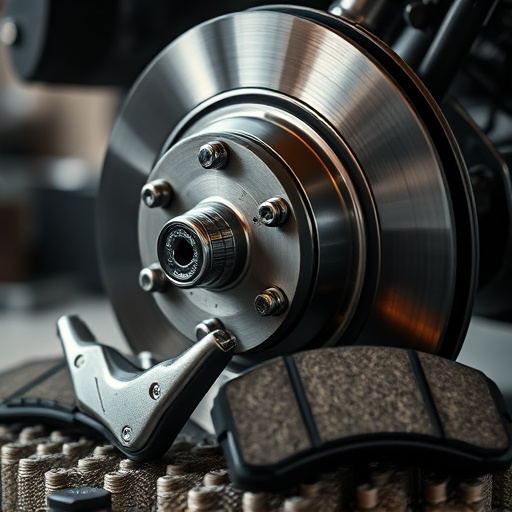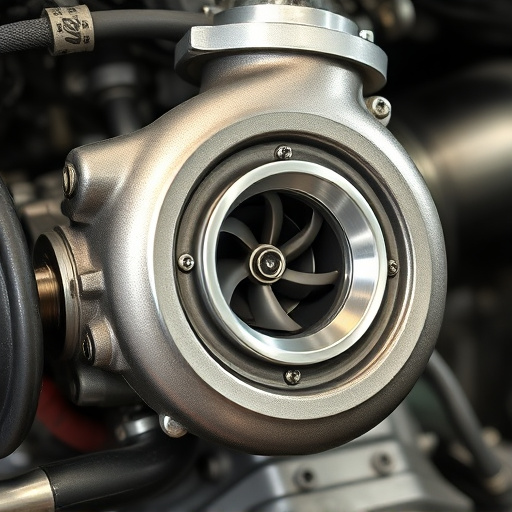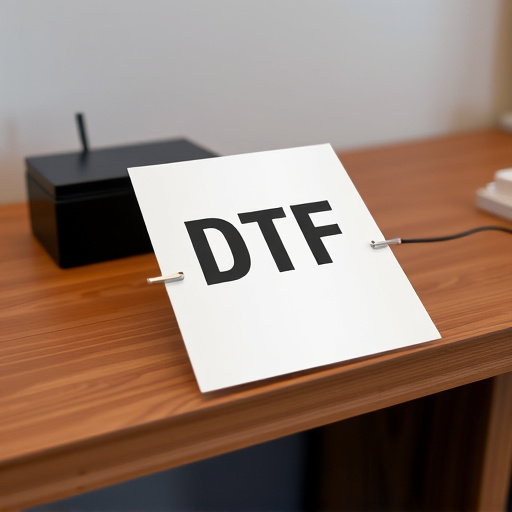Direct-to-Film (DTF) transfer is an innovative printing technique that directly reproduces high-quality photographic images on film. With exceptional detail and vibrancy, it appeals to photographers and cinephiles seeking a unique analog aesthetic in the digital age. The process involves aligning negatives or positives with coated film stock and exposing them with lasers, creating timeless textured imprints reminiscent of traditional film photography. DTF offers faster turnaround times, versatility in print sizes, and high-quality archival results, revolutionizing printing for both commercial and artistic purposes while preserving a nostalgic film look.
Discover the captivating world of DTF Transfer, a revolutionary process transforming digital images into physical art on film. This article explores the unique beauty and advantages of DTF Printing, from its historic roots to modern applications in professional photography and fine art. Learn how to prepare digital photos, master exposure, and unlock the distinct aesthetic qualities that DTF Prints offer, setting them apart from traditional digital methods.
- Understanding Direct-to-Film (DTF) Transfer: A Unique Printing Process
- The Evolution of DTF Technology and Its Benefits for Photographers
- Preparing Digital Images for DTF Transfer: Tips and Techniques
- Mastering the Art of DTF Printing: From Exposure to Development
- Advantages and Considerations of DTF Prints Over Traditional Digital Methods
- Real-World Applications: DTF Transfer in Professional Photography and Fine Art
Understanding Direct-to-Film (DTF) Transfer: A Unique Printing Process

Direct-to-Film (DTF) transfer is a specialized printing process that offers a unique and captivating way to reproduce photographic images on film. Unlike traditional printing methods, DTF bypasses digital intermediates, directly transferring an image onto a transparent film base. This innovative technique results in stunning DTF prints with exceptional detail and vibrancy, making it a favorite among photographers and cinephiles alike.
The process involves carefully aligning the photographic negative or positive with a specific emulsion-coated film stock. Once aligned, a high-energy light source, such as a laser, exposes the film, creating a direct, precise imprint of the original image. The resulting DTF transfer offers a timeless quality, capturing not only visual details but also the texture and character of traditional film photography. This method is particularly appealing for those seeking to preserve the aesthetic beauty of analog film in the digital age.
The Evolution of DTF Technology and Its Benefits for Photographers
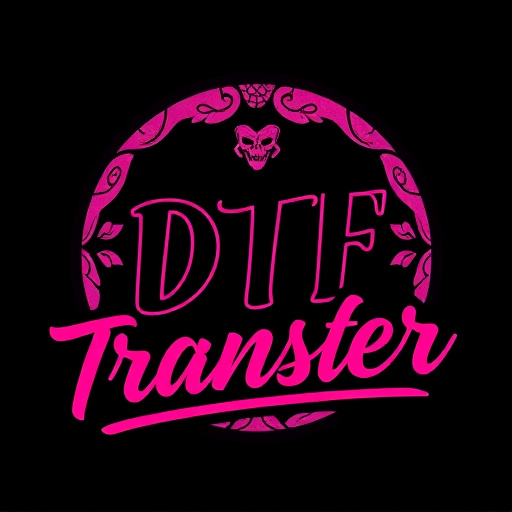
The evolution of Direct-to-Film (DTF) technology has revolutionized the way photographers capture and reproduce their images. This cutting-edge process offers a unique and innovative approach to printing, providing benefits that traditional methods can’t match. With DTF, photos are transferred directly onto film, creating prints that possess an unparalleled level of detail, color accuracy, and texture fidelity.
This technology has gained significant traction among professionals and enthusiasts alike due to its ability to produce high-quality, archival-grade prints. The benefits extend beyond exceptional visual quality; DTF also offers efficiency and versatility. Photographers can now enjoy a faster turnaround time for printing, reducing the need for lengthy lab processes. Additionally, DTF allows for custom cropping and unique print sizes, providing artists with complete creative control over their final products.
Preparing Digital Images for DTF Transfer: Tips and Techniques
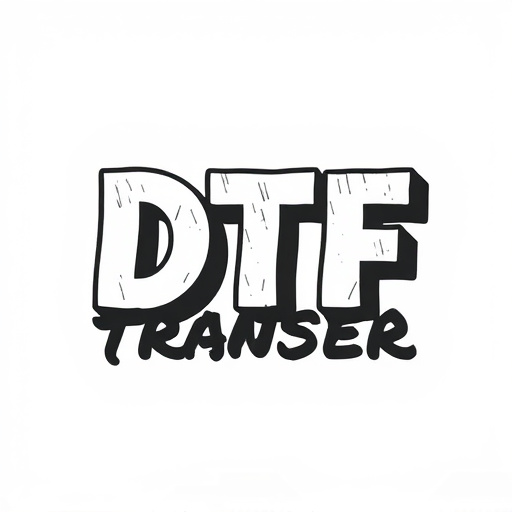
Preparing digital images for a Direct-to-Film (DTF) transfer involves careful consideration to ensure the best possible outcome. First, ensure your images are high-resolution; 300 DPI or higher is ideal for DTF printing, as it allows for intricate detail and sharp, crisp reproduction. Save your files in a format suitable for film, such as TIFF or PNG, to preserve color accuracy and avoid compression artifacts that can degrade the final print quality.
Next, color profile management is crucial. Calibrate your monitor and ensure your color space settings match those of the lab or printer you’ll be using. This ensures consistent colors throughout the process. Additionally, consider gamma correction; setting it to 2.2 or the value recommended by your DTF service provider can help create a more accurate representation of highlights and shadows on film. Lastly, remove any unnecessary metadata or exif data from your images before transferring them, as these can sometimes interfere with the printing process.
Mastering the Art of DTF Printing: From Exposure to Development

Mastering the art of DTF (Direct-to-Film) printing involves a meticulous process that begins with exposure and ends with development, offering a unique and captivating approach to creating photographs. The journey starts by precisely exposing the film to the desired image, ensuring every detail is captured accurately. This requires skill and an understanding of light sensitivity, as even the slightest variation can affect the final print’s quality.
The exposed film then undergoes a carefully controlled development process, where chemicals play a crucial role in bringing the image to life. The skilled printer must monitor the development time and temperature to achieve the desired contrast and color saturation. This intricate dance of science and art results in DTF prints that possess a distinct character, often described as having a vibrant, rich quality that captures the essence of the original photographic image.
Advantages and Considerations of DTF Prints Over Traditional Digital Methods
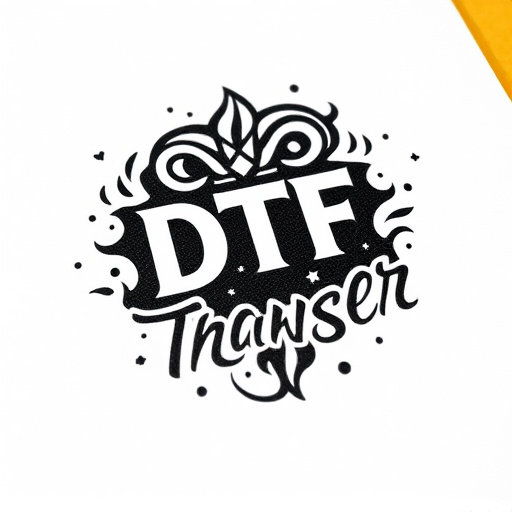
Direct-to-film (DTF) transfer offers a unique and compelling alternative to traditional digital printing methods when it comes to creating high-quality photographic prints. One of its key advantages is the ability to reproduce rich, vibrant colours and fine details directly onto film, resulting in prints that closely resemble the original negative. This process preserves the analog aesthetic many photographers and art enthusiasts appreciate, providing a nostalgic touch to their images.
Considerations for DTF printing include the need for specialized equipment and expertise. Unlike digital printing, which is more accessible, DTF requires specific film types and precise techniques to achieve optimal results. Additionally, the process can be slower, as it involves manual manipulation of film, making it less suitable for high-volume printing or projects with tight deadlines. However, for those seeking an authentic film look, DTF offers a unique and visually appealing option that adds a layer of craftsmanship to their photographic prints.
Real-World Applications: DTF Transfer in Professional Photography and Fine Art
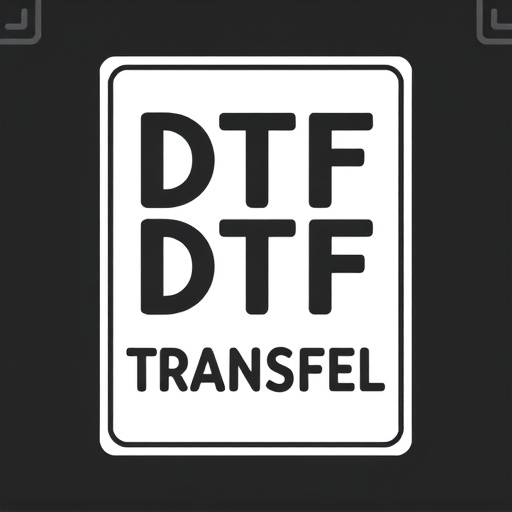
In professional photography and fine art circles, Direct-to-Film (DTF) transfer has gained significant traction as a cutting-edge method for creating unique, high-quality prints. This innovative process allows artists and photographers to convert their digital images directly into film negatives, enabling them to achieve a distinct aesthetic that captures the essence of traditional printing while leveraging modern technology. DTF transfer offers a game-changer for those seeking to produce limited-edition prints or experiment with alternative techniques, catering to both commercial and artistic pursuits.
Artists can use DTF Printing to reproduce their digital masterpieces accurately, ensuring color fidelity and tonal range. This method is particularly appealing for fine art photographers who want to create collectible works or showcase their images in gallery settings. Moreover, DTF Prints offer a distinct advantage in terms of customization; artists can tailor the printing process to suit their creative vision, exploring various film stocks and development techniques to produce one-of-a-kind pieces that resonate with audiences in today’s visual culture.




